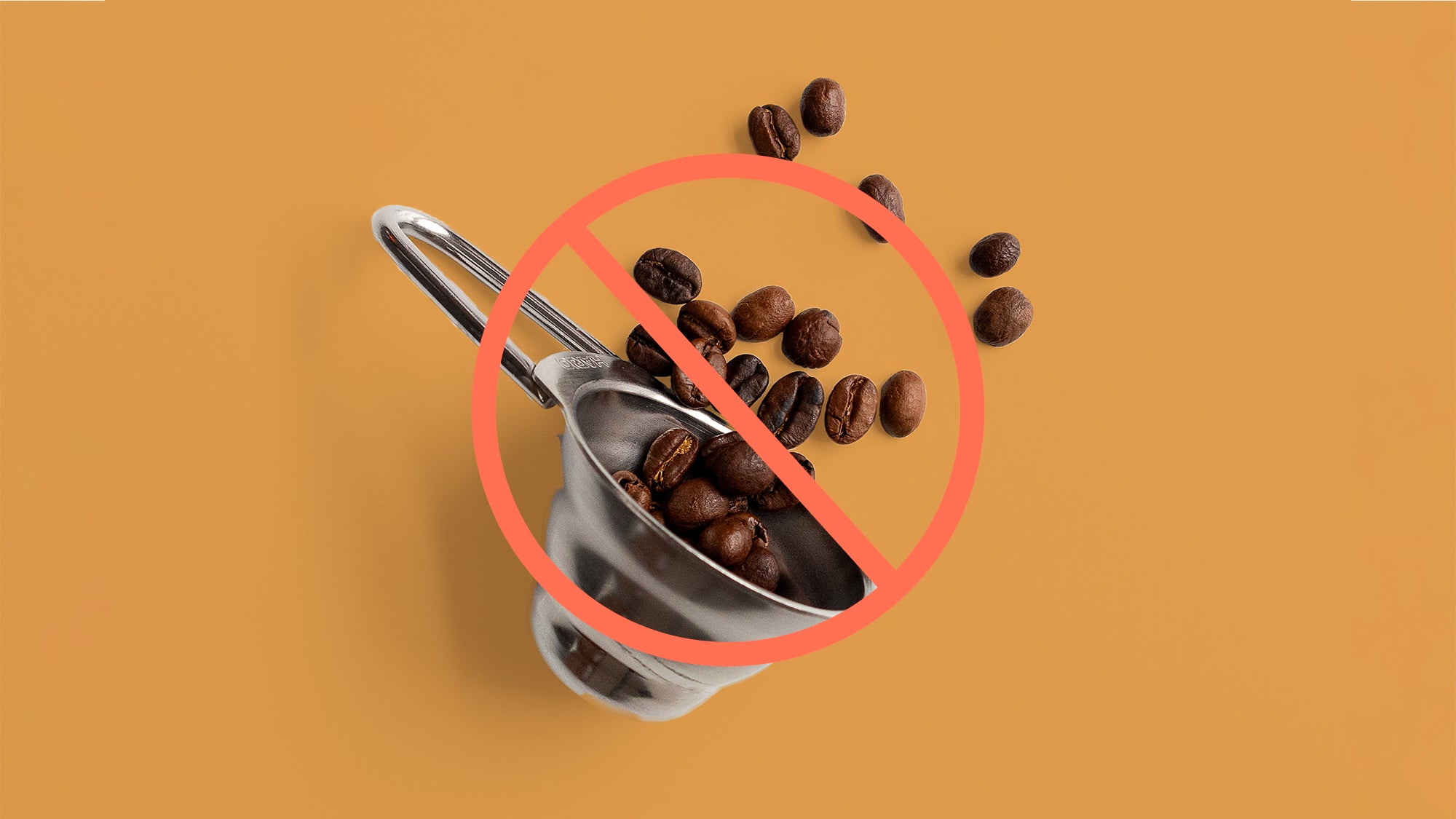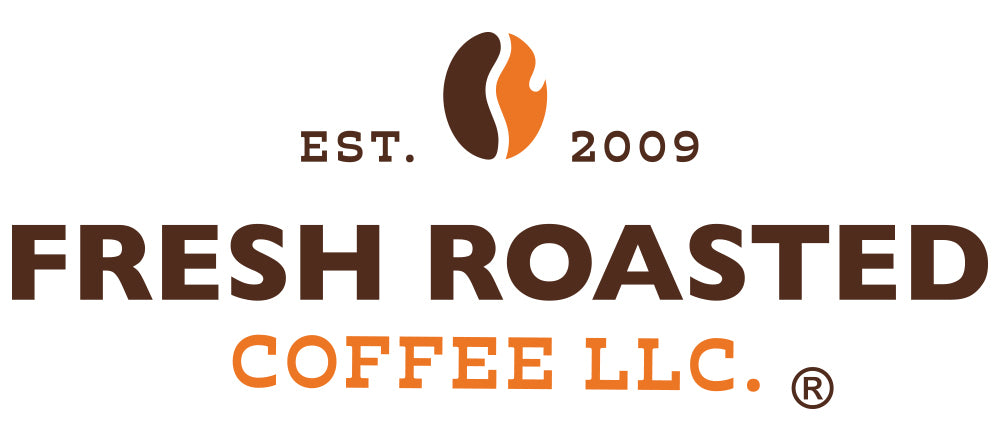Why You Should Measure Coffee By Weight Instead Of Volume

When you're making pancakes or measuring out oregano, we bet you're not thinking about a little too much flour or the flakes not quite reaching the lip of the spoon. Why would you? Cooking is not about being exact—look at your grandma's recipe cards. What is a glug of olive oil? How much is really in a dash or a sprinkle?
How Should I Be Measuring Coffee?
When we're making specialty coffee, we want to be as precise as possible, which is why we prefer measuring by weight rather than by volume (tsp, tbsp, cups). Volume will vary depending on grind. A tablespoon of roasted beans is not the same by weight as a tablespoon of coarse ground coffee - which isn't the same as a tablespoon of fine ground coffee. But by weight, a gram (or an ounce) is a gram (or an ounce).

Not all whole-bean coffees are the same size and density. Kenya Peaberry and Maui Mokka are significantly smaller than varietals like maragogype, so each scoop will contain different amounts of beans. The same goes for ground coffee. There will be more fine-ground coffee in one scoop than there would be if that same coffee were ground coarse. If we measure by weight, however, we can avoid this.
Measuring by weight allows us to repeat successful brew recipes and adjust the ones we may have missed the mark on. It also allows us to relay that information to people in a much clearer way. For instance, if our recipe directs you to use 20 grams (0.7 ounces) of coffee, you know exactly how much coffee that is whether it's beans or ground coffee. If you're told to use 10 tablespoons, we get into much less precise territory. Is that beans? Ground? If so, how fine? Level tablespoons? Rounded? Is that a regular tablespoon from my drawer or do I have to find measuring spoons? And that's just tablespoons—don't get us started on cups…
You may have noticed that we use metric measurements for the most part and there's a really good reason for that—the math is easier. When you're talking about water, 1 = 1. That is one liter (1,000 milliliters) of water by volume equals one kilogram (1,000 grams) of water by weight. With standard US measurements, we're good with ounces (a fluid ounce equals an ounce by weight or close enough not to matter), but when you're talking about standard cups, coffee cups, pounds, quarts, teaspoons and tablespoons, the math gets a little crazier.
That aside, coffee doesn't have to be complex if you have a solid foundation. Weighing your coffee and water is an easy place to start.
Can I Use A Measuring Spoon To Make Coffee?

Of course, you can. Your measuring spoon is perfectly capable of measuring coffee. If you're using an AeroPress, you don't really have to measure anything—the included scoop is pretty accurate. And if you're using a 12-cup auto-drip, measuring your water is easy. For most other coffee recipes, start by using 2 level tbsp ground coffee for every 6 oz. of water and adjust to your taste. Be aware that many coffee scoops including the one available on our site have a volume of two tablespoons and take that into consideration with your recipes.
All we're saying is you may not be getting the most out of your coffee measuring by volume. It's true. Even a world-class coffee like Ethiopian Guji Wubanchi can taste off if brewed incorrectly. Unlike a fast-and-loose pancake or oregano, coffee is a delicate balance of water, grounds, and time.
Is There An Easy Way To Know How Much Coffee And Water I'll Need?
Yes! For most brewing types, there's a “golden ratio” of coffee to water. We recommend a starting ratio of 1:17—using 1 gram of coffee for every 17 grams of water. If you were to use imperial measurements, it'd be about 2 tbsp coffee to ¾ cup water per cup of coffee. We all know how tricky multiplying by fractions can be. Thankfully, weighing everything eliminates that. Other commonly used ratios are espresso (1:2), cold brew (1:8 or 1:10), and French press (1:14).
TL;DR: Why You Should Weigh Your Coffee
Measuring by weight is the best way to make sure you're using the correct amount of coffee and water, especially when making specialty coffee. A proper coffee-to-water ratio takes much of the guess work out of brewing a tastier cup. It makes for more even saturation, better extraction, and most importantly, better flavor.




Leave a comment